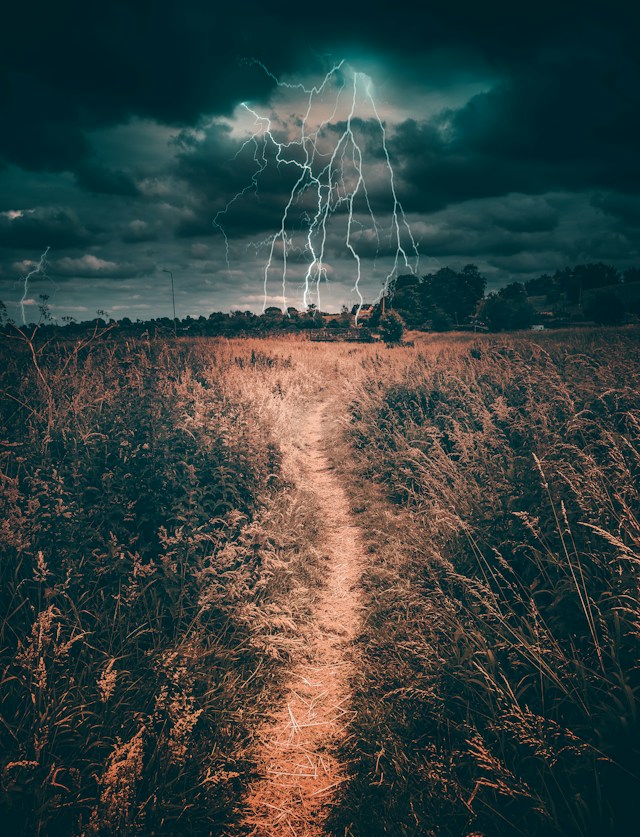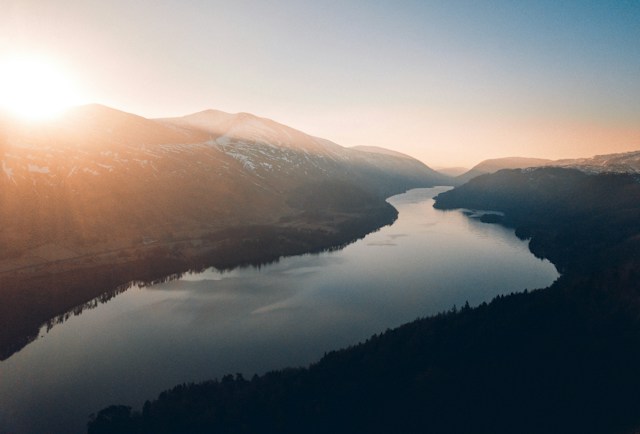The most of us would prefer not to be trekking during a hurricane, to put it mildly. You’ve almost definitely encountered less-than-ideal conditions if you’ve spent enough time outside. Perhaps a sudden, heavy downpour flooded your trail, turning it into muck. Or you found yourself walking back to the car in shorts and sneakers after becoming trapped in early-season snow. Maybe you had a boat excursion while on vacation, which resulted in a sunburn and a relentless want for Gatorade.
Most outdoor adventurers are aware of the inconvenience that inclement weather may cause. Too many outdoor experiences overlook the impact that harsh weather can have. Knowing how to lessen your danger outside in the case of a weather disaster is crucial because weather patterns are become more unpredictable every year. These tips and tricks might spare you from wetting your boots, or they might save your life.
The Actuality of Weather Variability
The human influence on weather extremes has “strengthened,” according to the 2021 report from the Intergovernmental Panel on Climate Change. This is especially true for heatwaves, severe rainfall, droughts, and storms. In addition, study by NOAA showed that average worldwide temperatures in 2020 were 1.76°F (0.98°C) greater than the 20th-century average. What was the outcome? Drought and scorching temperatures make forest fires worse.Extreme heat causes greater evaporation, which increases rainfall during storms. Hurricane formation is mostly driven by warmer waters and increasing sea levels. Hurricanes may stall out due to temperature changes at the poles, resulting in significant overland flooding. In summary, the trends we’re seeing correspond to an increase in heatwaves, precipitation, and storm intensity.
Even though the current state of the climate is not encouraging, we can still forecast and prepare for the weather, which can have an impact on our outdoor activities. Let’s examine the weather patterns that are most likely to affect your outdoor experiences and what they entail for individuals who like the great outdoors. Although this is by no means a comprehensive list of deteriorating weather patterns, these are the tendencies that frequent explorers deal with the most.
Overheated
Too much hiking in too many temperatures? Not fun. Travelers need to figure out how to stay cool because average temperatures are rising everywhere in the world. When it comes to extreme heat, sunburn, heatstroke, and dehydration pose the most risks. On longer expeditions, it may be challenging to stay adequately hydrated due to dried-up water sources.
A lot of rain
It’s pouring down rain right now! Warmer weather increases the likelihood of drought, but it also causes more water to evaporate. When the clouds move in, this may result in heavier than usual rainfall. Not to mention the hazards of swift-moving rivers, adventurers must also be mindful of flash flooding and route washout.
tempests
Storms and rainfall go hand in hand, but as storms get stronger on average, so does the frequency of lightning and hail strikes. Hail can cause harm to both individuals and assets. Although we may make jokes about our chances of striking lightning, each year thousands of individuals are killed and injured by lightning while they are outside.
Taking on Extreme Weather Safely
What is the first rule of safe weather-adventuring? Avoid doing it as much as possible. Even though it may be tempting to fit in that eagerly anticipated hike—or whatever your adventure may be—weather may change quickly and dramatically, particularly in the mountainous areas where we frequently find ourselves. If the weather seems bad, schedule another day.
Nevertheless, even the most well-laid plans and brightest skies can alter suddenly and drastically. Here are some pointers and strategies to assist you stay out of severe weather and survive it if you do wind yourself in it.
Recognize the Conditions
While it may not always be possible to check your weather app in the midst of the mountains, there are plenty of indicators of changing weather that we can pick up from the sky. Natural indicators can assist us in being aware of the events around us, even though they might not always be precise or timely. This is because plants and animals are able to detect changes in the weather before humans do.
An impending downpour is indicated by red skies in the morning. A low-pressure system’s ability to scatter sunlight can give an area a red tint. Weather systems typically originate in the west. The opposite? Red skies at night indicate a sunny tomorrow.
It may be a storm developing when tall, fluffy clouds with black, sheared-off bases appear.
Certain tree species, especially poplars and maples, have leaves that turn over in anticipation of precipitation. They respond to a rapid increase in humidity in this way.
Low-flying birds could be a sign of an approaching low-pressure system. When birds soar, there’s a greater chance of stable weather.
Pay attention to the direction of the wind. A storm may be approaching since east and northeast winds are typically the counterclockwise currents of low-pressure systems. Abrupt and significant shifts in wind direction may indicate a change in the weather.
Pay attention to your inner gauge. Does the atmosphere feel heaviness, turbulence, and density around you? A low-pressure system might be in operation.
Above and beyond in terms of packing and preparation
We understand how tempting it is to eliminate every ounce from that enormous backpack, but it’s important to leave space for equipment that might save your life if you’re heading into severe weather. You don’t want to be caught in a flash flood without cell service or venture outside during a heat wave with just one liter of water. Start with a first aid kit, an emergency blanket or bivy, extra layers of insulation, food and water, and clothing that wicks. Next, modify your packing list to include only the weather risks that are most pertinent to your area. Hikers in hot climates should, for instance, save space for extra water bottles, a wide-brimmed hat, and sunscreen.
Put Your Money Where It Matters
Being outside is a notoriously expensive activity when you include in gear, guides, and travel. But safety isn’t the place where you should cut corners! When you’re out and about in a region that experiences harsh weather, consider investing in any of the items listed below.
Communication. What transpires if you are without bars during a flash flood? For anyone going off the beaten route, a satellite phone is a wise purchase, especially if you’re planning longer hiking trips and the closest cell tower is too far away to provide assistance.
Guides and reliable tours. It can be quite helpful to have the expertise of a knowledgeable local at your disposal while navigating through situations in which you may be a newbie. Professional awareness of the terrain and weather patterns, whether you’re hiring a guide for a major mountain climb or scheduling a guided tour in a new place, may keep you safe.
training in specialty safety. Although some conditions could come as a surprise, dealing with them doesn’t have to. Getting specialized training in areas such as emergency survival, crevasse rescue, kayak self-rescue, avalanche safety, or first-aid equips you with the skills necessary to deal with harsh circumstances, many of which are brought on by or made worse by extreme weather.
Coverage. Invest in insurance while you’re making travel or adventure plans. Although nobody ever wants to be airlifted out of the middle of the mountains, you want to be prepared in case it does. Beyond catastrophe scenarios, insurance might lessen the desire to stick to your original plans in the face of severe weather. You can wait for clear skies and raincheck if you need to cancel your trip or modify your insurance.
Although we have little control over the weather, we do have some influence on how we prepare for and react to it. You can ensure that your future adventures adapt to the climate and enable you to continue going outside for years to come by keeping safety in mind in the age of harsh weather.





Encountering bad weather is a bad thing.
Provides some adventurous travel destinations.
The article reminds us not to overlook safety issues during travel.
These safety suggestions are simple and easy to implement, and everyone should be aware of them.
These suggestions can help me enjoy traveling better.
The article is practical and must be read by people who enjoy traveling.
Practical outdoor travel advice makes me feel more at ease during the journey.
Travelers must remember these safety points to ensure their travel safety.